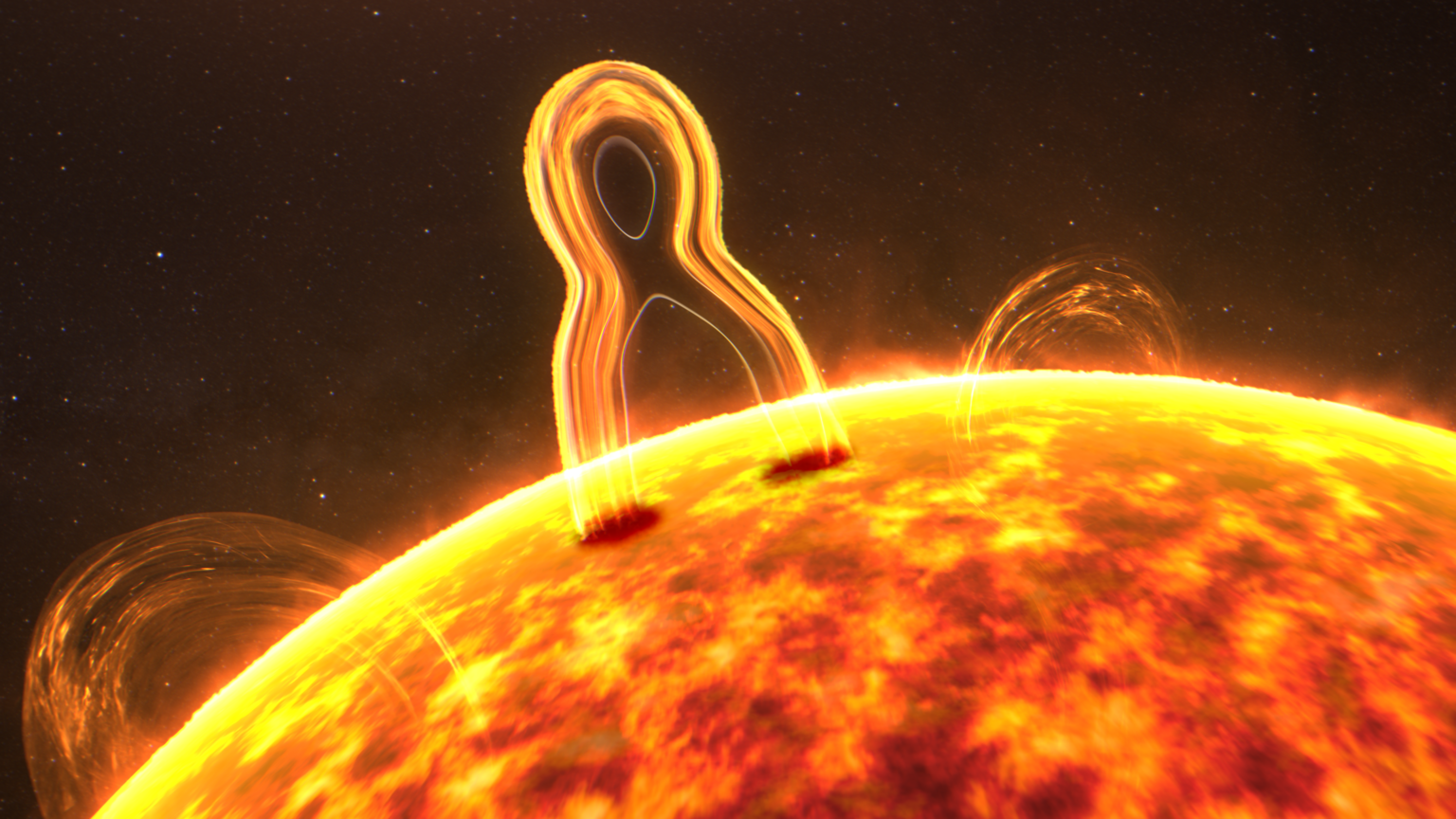Scientists have studied a periodic radio signal coming from the Sun and very similar to a slow heartbeat. It is associated with electromagnetic phenomena in the upper atmosphere of the luminary. They accompany the flares that cause magnetic storms on Earth.

Heartbeat on the Sun
An international group of scientists recently published an article in the journal Nature Communications on pulsating radio signals coming from some areas on the Sun. They are repeated every 10-20 seconds and very much resemble the beating of a giant heart.
In their work, the researchers relied on data from the Expanded Owens Valley Solar Array (EOVSA) radio telescope located at the Owens Valley Radio Observatory in California. It operates at a frequency from 1 to 18 GHz and is sensitive to electromagnetic phenomena accompanying solar flares.
Specifically, scientists were interested in the data obtained by EOVSA back in 2017. Then, at an altitude of 5000 km above the surface of the Sun, a not very powerful Class C flare occurred. And it was there that the radio telescope received a quasi-periodic signal coming from an electrically conductive layer stretching over the flare generation zone for 25 thousand km.
What are quasi-periodic electromagnetic pulses on the Sun?
Quasi-periodic pulses accompanying solar flares and well-detected by radio telescopes on Earth are not something new for scientists. They know that they regularly occur in those areas of the solar atmosphere where a large number of explosions are observed.
It is also clear to scientists that this process is somehow connected with the rupture and closure of the magnetic field lines of our star, which are the engine of all solar flares. But the researchers did not understand the cyclical nature that caused this.
The flare in 2017 was interesting because scientists heard two separate “heartbeats” in it at once. And this allowed them to understand how these two separate processes interact and what they are. They built a numerical model of the explosion and combined it with data from the GOES satellite observing the Sun in the soft X-ray spectrum.
Based on these data, scientists have understood how the “heartbeat” occurs. Magnetic islands appear in the already mentioned extended electrically conductive layer of the Sun, which begin to move rapidly towards the flare area. They repeat every few seconds and release a large number of electrons, which we perceive as a radio pulse.
According to phys.org
Follow us on Twitter to get the most interesting space news in time
https://twitter.com/ust_magazine

